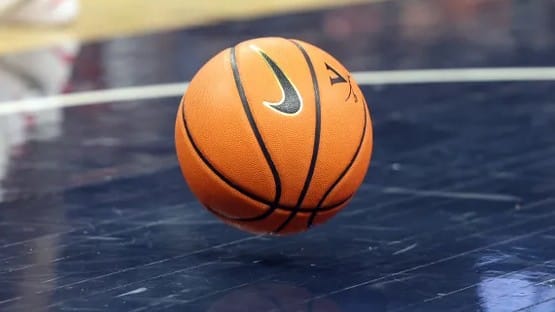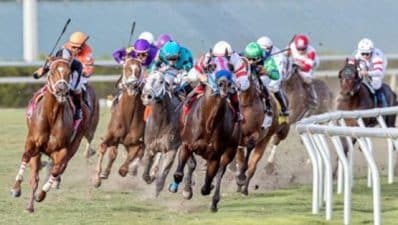Column by Chris Graham
The late end to the Division I college baseball season impacts everybody in the summer-baseball world – except for Bruce Alger.
“We won the championship in 2002 with basically Division II players. Sixty percent of our roster was Division II players. We’ve made the final round three of the last four years with that same approach. So we don’t see any reason to change that now,” said Alger, the president and general manager of the New Market Rebels in the Valley Baseball League, annually one of the top summer-collegiate leagues in the country.
Division II wraps up postseason play on June 3 – which is right around the time that D1 gets going with the first round of its playoffs. With the VBL and other summer leagues getting going around that time, that can mean headaches for managers and GMs trying to patch together lineups as at least a few of their players finish up their responsibilities with their college teams.
“It makes it a lot tougher. You just have to try to balance your roster and make sure that you’ve got players that you’re expecting to be here on time – and when you recruit Miami and UVa. and LSU, if you get kids from there, you have to know that they’re going to be late,” said Steve Cox, the general manager of the Valley League’s Staunton Braves.
“That’s one reason why we have 28-man rosters. The reality is that you really don’t need 28 players – but that gives you some room to hold some spots for guys who might come in later in the summer,” Cox told The Augusta Free Press.
Summer-league recruiters are aware of the strategies employed by the likes of Alger in New Market – though few go to the extreme that the Rebs do in putting together their rosters.
“If a team goes after guys from North Carolina or Virginia or South Carolina, they’re going to have to know in advance that they’re not going to get that kid until later on in the summer season. They’ll have to recruit some players from D2 schools or D3 schools or junior colleges to fill that void until those players report,” Justin Sellers of the Coastal Plain League that fields 12 summer teams in Virginia, North Carolina and South Carolina told the AFP.
“I don’t know that this has had a huge impact on the recruiting. But it’s obviously had an impact on the time that they arrive,” said Dick Radatz, the president of the Northwoods League, which features teams based in Iowa, Minnesota, Wisconsin and Canada.
“I think a lot of people in our business had some panic when it looked like the season was going to be moved back – but let’s face it, when you get to the World Series time, you’re only talking about eight teams out of the whole country. The whole tournament is 64 teams, but that gets whittled down pretty quick that first weekend,” Radatz said.
“I’ve preached for the past few years that the recruiting tactic, if you want to have players for the entire season, is to recruit the elite players from the bad teams – where you don’t have to fool with the collegiate playoffs,” Radatz told the AFP.
The Cape Cod Baseball League works around the Division I playoffs in part through tweaks in its own scheduling – Opening Day in the CCBL is June 15.
“We’re one of the summer leagues that starts the latest, if not the latest,” league commissioner Paul Galop told the AFP.
Even so, “we have temporary players that we utilize – like a lot of the leagues do. And sometimes when the teams recruit, they’re trying to take that issue into consideration as to who they recruit from. But that’s a bit of a crapshoot – because you don’t know who’s going to make the regionals, the super regionals or the World Series, so you’re sort of at the mercy of what kind of season they have,” Galop said.
“There’s been an adjustment that we’ve been able to make without too much trouble – and it’s sort of been business as usual for us,” Galop said.
Business as usual in the Valley means making do with makeshift rosters for the first few games.
“We had 17 on Opening Night last year – which is just about what everybody had. Just about everybody has 16 to 18 to 20 kids for that first night, if they’re lucky,” Cox said.
“One thing we try to do here is look for some kids who can play a couple of positions,” Cox said. “This year, for example, we’ve got a first baseman who can also catch. We’ve also got a couple of two-way players – who can play a position and pitch. You can fill some holes that way. If you can fill two holes with one guy, that really helps early in the season.”
Alger’s approach has his team essentially fully loaded from day one.
“We had 95 percent of our roster report on the report date a week before the season started. That’s why we do that,” Alger told the AFP.
“The goal is to give ourselves a chance to get off to a good start – and last year, to give you an example of how we’ve been successful with this, we started the season 10-1,” Alger said.
Alger remembered the chatter around the league last year in the midst of that 10-1 run.
“The other owners would kid me with something like, ‘Hey, you wait ’til our players get here. We’ll catch up with you.’ And they will. Things even out – that’s baseball,” Alger said.
“We needed that boost last year. If we hadn’t had that good start, we wouldn’t have been able to finish second in the Northern Division,” Alger said.
“It doesn’t guarantee you a good start. That’s baseball. It does mean that you have a shot at it. That’s the way we feel,” Alger said.
(Published 05-01-06)










